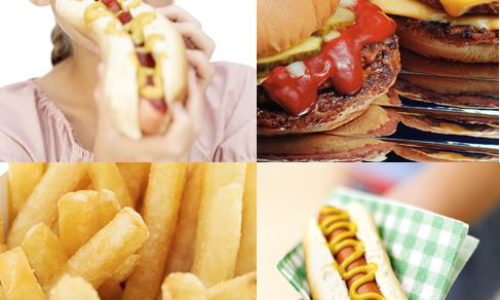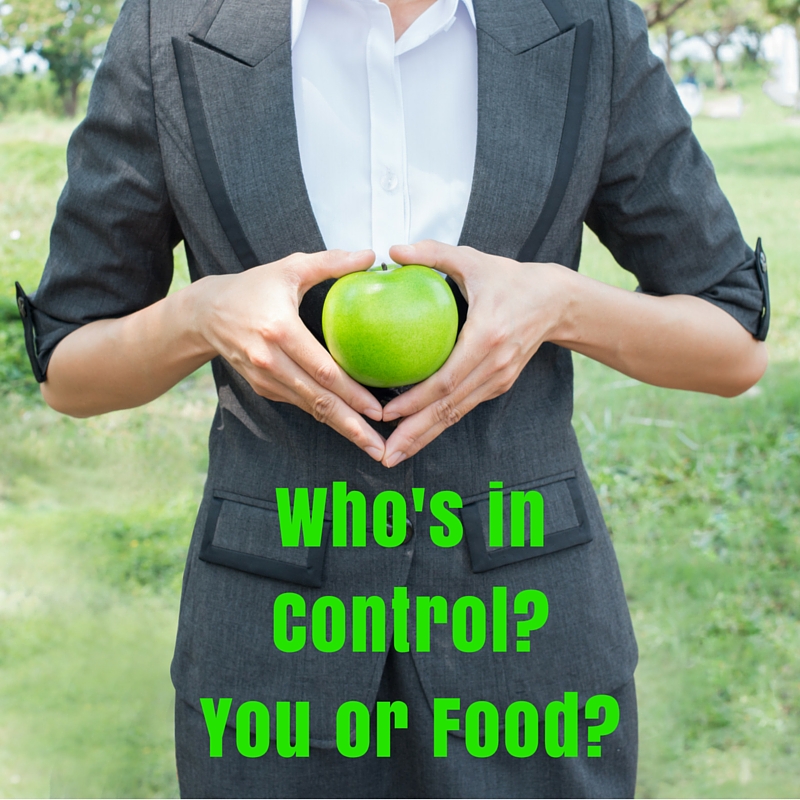
The Brain and Addiction
Following on from last Blog article about Cravings, you now hopefully have a better understanding of the difference between “body hunger versus mind hunger”.
In short, one is genuine and the other is playing tricks on us.
Let’s look a little deeper into understanding the parts of the brain that are activated when we crave specific foods.
In 2004, participants in a study were asked to think about a favourite food. The participants’ resulting fMRI images displayed three primary areas in the brain that lit up: the hippocampus, insula and caudate. [Source: Monell]
The hippocampus, located in the temporal lobe of the brain, filters sensory data and puts it into short-term or long-term memory. As you start thinking about this particular favourite food, the memory of how good it tasted when you last ate it comes rushing back.
 [Source: Avena]
[Source: Avena]
Located on either side of the brain, the insula helps control your social emotions by interpreting your physical state. You start to remember how delicious and tasty that favourite food was and how much better you could feel if you eat it.
The caudate nucleus, deep in the center of the brain, helps control the dopamine reward system. Dopamine is a feel-good hormone also produced during sex, compulsive gambling and drug activity.
When the memory of eating your favourite food makes you feel good then this area is activated as a false sense of pleasure or reward. Like a false fix, if you will.
This type of dopamine stimulation and chemical reward that we obtain from fulfilling food cravings has been compared to drug addiction because both behaviours follow similar neural pathways. The pleasure and reward that we derive are simply milder versions of those that drug addicts experience when they get high.
Psychological factors can also influence the intensity and nature of our food hankerings. Studies on mood have found that our emotional state normally has a greater impact on cravings than hunger.
Diet influences our levels of the hormone serotonin, which regulates our disposition. On top of that, our sensory memories of these foods, which elicit that chemical satisfaction, reinforce the cravings.
In straight forward terms, when you think about or look at your favourite foods (usually high fat and sugar varieties), your brain will put two and two together and you suddenly have a craving for it. Give in to that craving, and you’re providing a false fix of pleasure and reward to momentarily enhance your current state.
Dr Pam Peeke is a world leading expert on addiction, specifically sugar. She offers fascinating reading and brain comparison pictures in her book, The Hunger Fix: The Three-Stage Detox and Recovery Plan for Overeating and Food Addiction
that display the same areas in the brain being lit up after either a false fix of high sugar foods, or your chosen drug of choice.
Dr Peeke describes how the brain reward centre becomes hijacked by this false sense of reward and pleasure when we eat high sugary foods, because our sensory memory overtakes our focus when we look at it.
Our favourite food might look great and taste pleasurable, however Dr Peeke suggests bringing ourselves out of the reward trance and snapping back into the moment with a dose of reality. For example, if just by looking at a moist, vanilla cupcake with whipped cream frosting you suddenly want to eat it, ask yourself, “How will I feel after I eat this?”
If your reply is along the lines of: I’d feel guilty, bloated, ashamed, fat… then it might be enough to challenge your craving before it gets the better of you.
Dr Peeke then suggests thinking about a food that might create the same mouth feel or sweetness that is a healthier version, and asking how you’d feel if you ate that instead. More often than not, of course you’d feel better!
While it’s ok to consciously give into your cravings on occasion, if you repeatedly succumbed to your every gastronomic desire you can actually negatively affect that dopamine reward system.
Our brain is very smart and designed to adapt and evolve. Just like drug addicts, someone who continually eats chocolate, for instance, raises the threshold of that reward, which means that it gradually takes more and more Cadburys’ to regain that initial pleasure –> Bye-bye healthy weight… Hello obesity, diabetes, high blood pressure and heart disease.
If you struggle with food cravings or emotional eating, I’m here to help you process your feelings, listen to your body and feed it the right nutrition for you.
Learn how I can help you HERE.
Feel good in your own skin!
Viki xo
About Viki
Viki Thondley is a Mind-Body Wellness Specialist and qualified Holistic Counsellor, Food, Stress & Lifestyle Coach, Meditation Therapist, and Eating Disorder Recovery Coach who inspires women to shift from dieting and restriction to whole-self nourishment, self-care and healing. Recovered from bulimia nervosa and the many years of hormonal imbalances, food prison and self-sabotaging behaviours’, Viki is an inspiring coach, speaker and event host who also provides personalised holistic programs, workshops and retreats to instil self-love, happiness, body confidence and real food freedom. She is author of “Achieving Your Wellness: Create a Life You Love” and “Healthy Chocolate Delights: Real Food Sweet Treats”.
Sign up to her Happy | Healthy | Confident newsletter for her free 43 page eBook “Break Up with Dieting: 10 Tips to Calm Your Mind, Relax Your Body & Eat With Pleasure” + weekly whole-self nourishment tips, inspiration and recipes!




